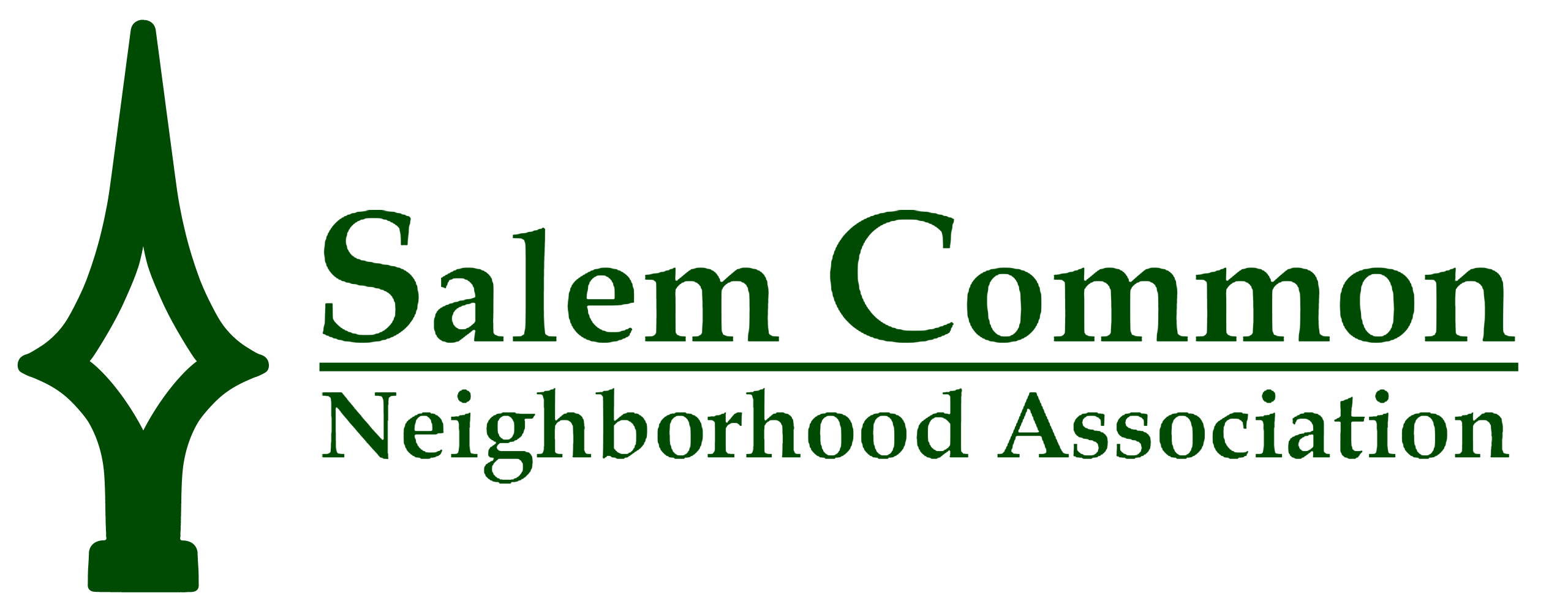Description
Through the hard work and decication of the SCNA board and the generous contributions of our neighborhood partners and supporters the Arch is on it’s way to restoration for the Quadricentennial Celebration in 2026. Please consider donating to help make this restoration a reality.
We rely on the generosity of our friends and neighbors to further our mission, preserve the historic Salem Common, bring together residents of the Common Neighborhood, and activate one of Salem’s urban jewels. The Salem Common Neighborhood Association is a 501(c)3 not-for-profit organization. All contributions to the SCNA are 100% tax-deductible. Thank you for your support!


